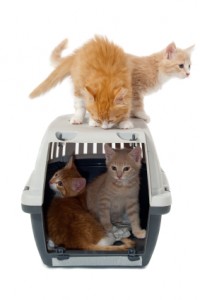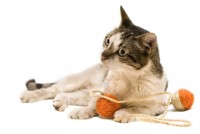August is dental health month at Hall Vet Surgery! If you’ve not taken advantage of our offer below, please read on.
Bring your pet in for a free dental check this month and learn how to keep your pet’s mouth and teeth clean and healthy.
Dental health is essential to overall health in our pets.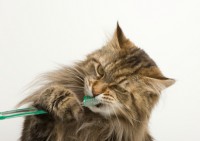
4 out of 5 pets over 3 years old live with dental disease, infection and pain but are very good at hiding it from us. (Source: Dr. Anthony Caiafa. University of Melbourne, Veterinary Clinic and Hospital.)
So make sure your pet is happy, healthy and pain free, phone 6230 2223 to make an appointment for a free dental check during Hall Vet Surgery dental month.

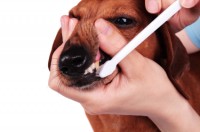
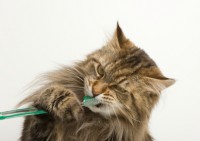
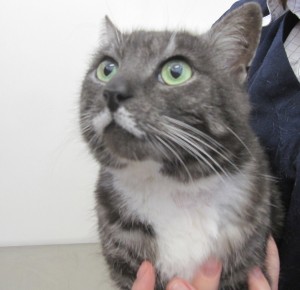
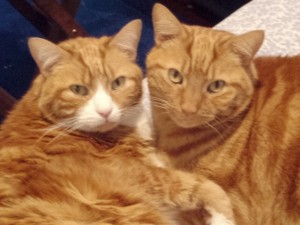
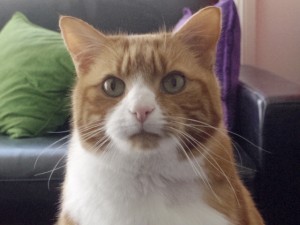
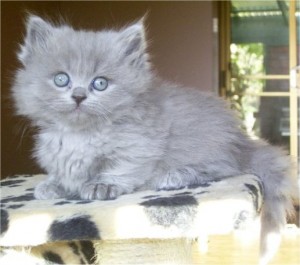
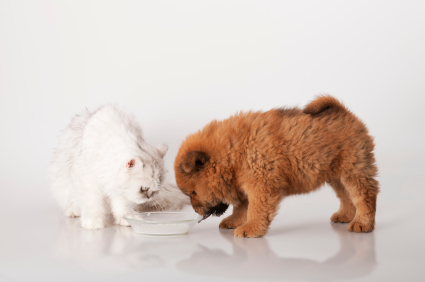
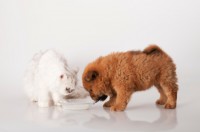
 Products for dogs such as Advantix spot on for fleas and ticks and Permoxin, a spray, contain permethrin. Do NOT ever apply them to cats.
Products for dogs such as Advantix spot on for fleas and ticks and Permoxin, a spray, contain permethrin. Do NOT ever apply them to cats.